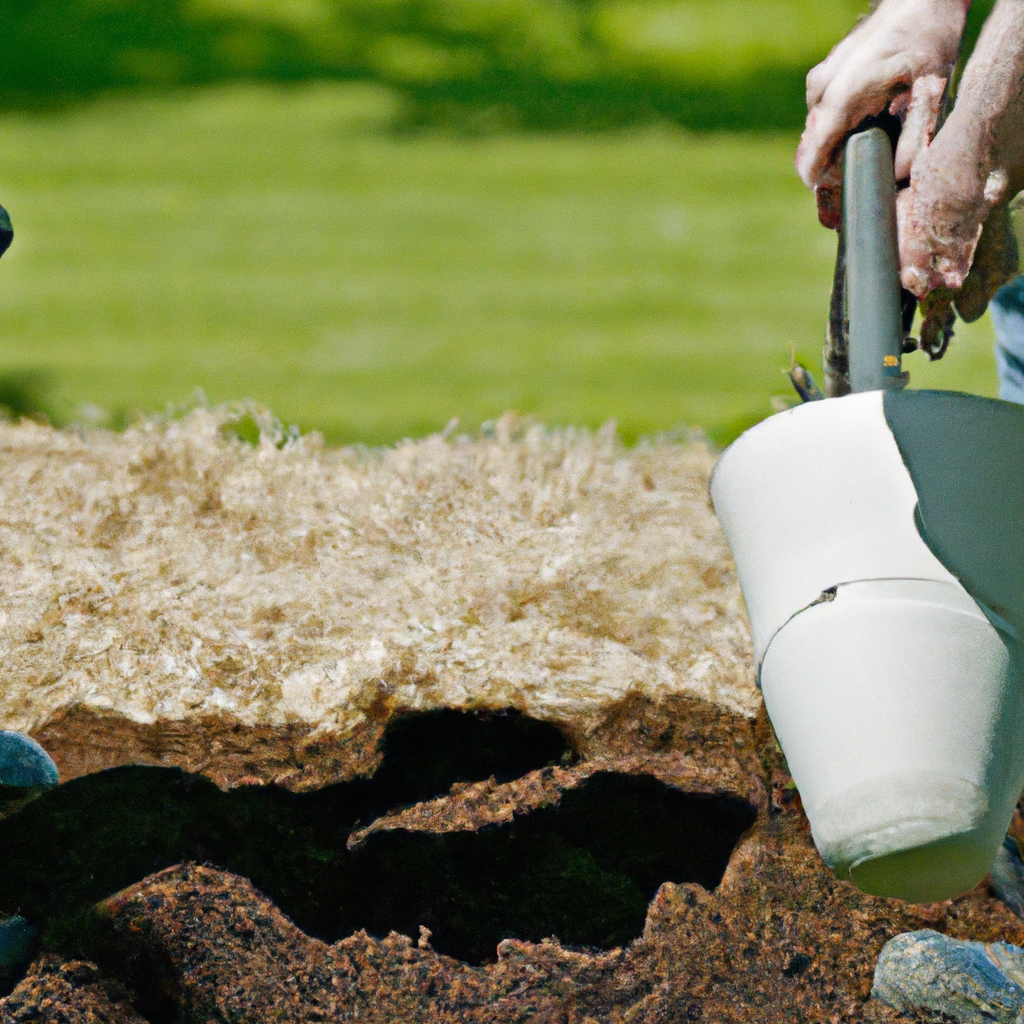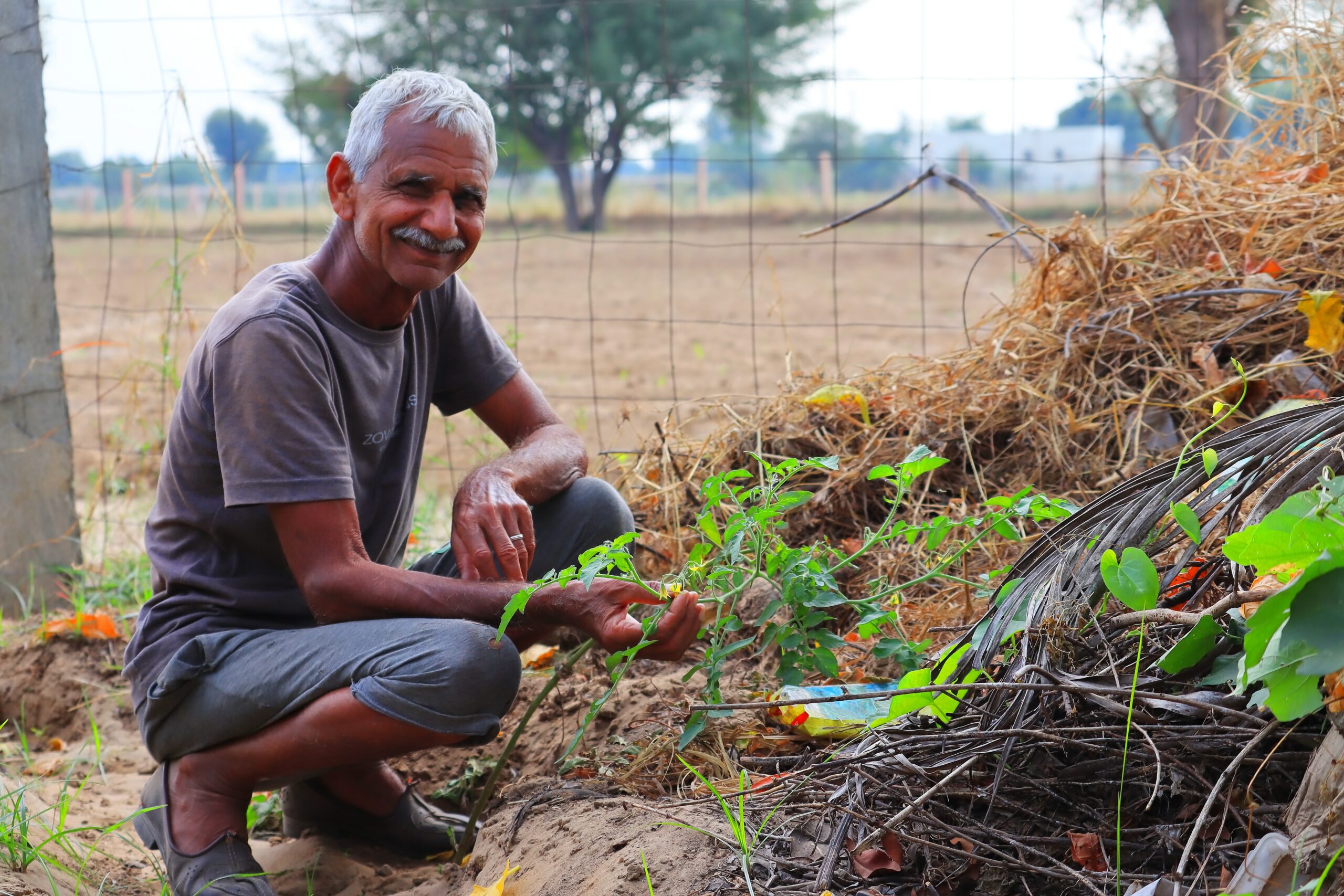You’ve spent hours carefully planning and preparing your garden, eager to see the fruits of your labor come to life. But, before you rush to grab your drill and start seeding, it’s important to know the common mistakes that many gardeners make when drill seeding. From improper seed depth to overcrowding, these missteps can hinder the growth and success of your garden. In this article, we’ll explore some of the key mistakes to avoid, so you can ensure a thriving and beautiful garden that surpasses your expectations. So, grab your gardening gloves and get ready to learn how to avoid these common pitfalls!
Choosing the Wrong Seeds
When it comes to starting your garden from scratch, selecting the right seeds is crucial. Failing to research the optimal seeds for your region can lead to disappointment and frustration. Each region has its own unique climate and growing conditions, so it’s important to choose seeds that are well-suited for your specific area. By doing a little research, you can ensure that the seeds you choose will thrive in your garden.
Another common mistake is not selecting seeds suited for your specific garden. Factors such as the amount of sunlight your garden receives, the soil type, and the space available can greatly impact the success of your seeds. It’s essential to choose seeds that are a good fit for your garden’s specific conditions. Whether you have a small container garden or a large plot of land, there are seeds available for every type of garden.
Using old or expired seeds is another mistake that many gardeners make. While it may be tempting to use leftover seeds from previous years, it’s important to note that the viability of seeds decreases over time. Old seeds may not germinate or may produce weak plants. To ensure the best results, it’s recommended to use fresh seeds each year or check the viability of old seeds before planting.
Improper Soil Preparation
Neglecting to test the soil before seeding is a common mistake that can have negative consequences for your garden. Soil testing allows you to determine the pH level, nutrient content, and overall health of your soil. This information is crucial in determining what adjustments or amendments need to be made before planting. By neglecting soil testing, you could be setting your plants up for failure before they even have a chance to grow.
Failing to amend the soil with necessary nutrients is another pitfall to avoid. Different plants have specific nutrient requirements, and if your soil is lacking in certain nutrients, your plants will struggle to grow and thrive. Before you seed your garden, it’s important to ensure that the soil is amended with the right nutrients to provide the best possible growing environment for your plants.
Ignoring proper irrigation and drainage is yet another mistake that can lead to poor plant growth. The amount of water your plants receive is crucial to their survival, and overwatering or underwatering can have negative consequences. Proper irrigation ensures that your plants receive the right amount of water, while proper drainage prevents waterlogged soil, which can lead to root rot and other issues. It’s important to establish a watering routine and ensure that your garden has adequate drainage to prevent these problems.
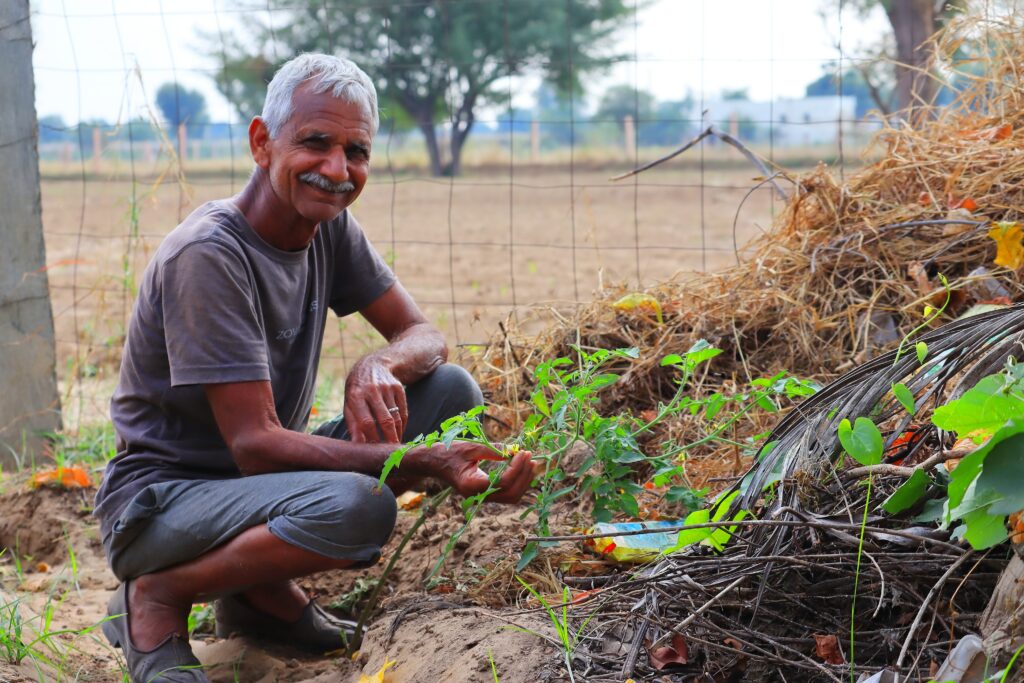
Incorrect Seeding Depth
Planting seeds too deep or not burying them deep enough can have a significant impact on the germination and growth of your plants. Seeds have specific requirements for the depth at which they should be planted, and failing to adhere to these guidelines can result in poor seedling emergence or stunted growth. It’s important to follow the recommended seeding instructions for each type of seed to ensure optimal germination and success.
Neglecting to follow recommended seeding instructions is another mistake gardeners often make. Each type of seed has its own unique requirements in terms of spacing, seeding depth, and other factors. By ignoring these instructions, you run the risk of planting your seeds in suboptimal conditions, which can lead to poor growth and low yields. Taking the time to carefully read and follow the instructions for each type of seed will greatly increase your chances of success.
Inadequate Seed Spacing
Proper seed spacing is crucial for the health and well-being of your plants. Planting seeds too closely together can lead to overcrowding, competition for resources, and poor air circulation, which can result in diseases and reduced yields. Not providing enough space for the plants to grow can also impede their growth and development. It’s important to adhere to recommended plant spacing guidelines to ensure that your plants have ample room to thrive.
Ignoring recommended plant spacing guidelines is a mistake that can have negative consequences for your garden. Different plants require different amounts of space to grow to their full potential, and overcrowding can impede their growth and overall health. By not providing enough space between plants, you limit their access to sunlight, water, and nutrients, which can lead to poor yields and a less productive garden. It’s important to take the time to research and follow the recommended spacing guidelines for each type of plant you are growing.
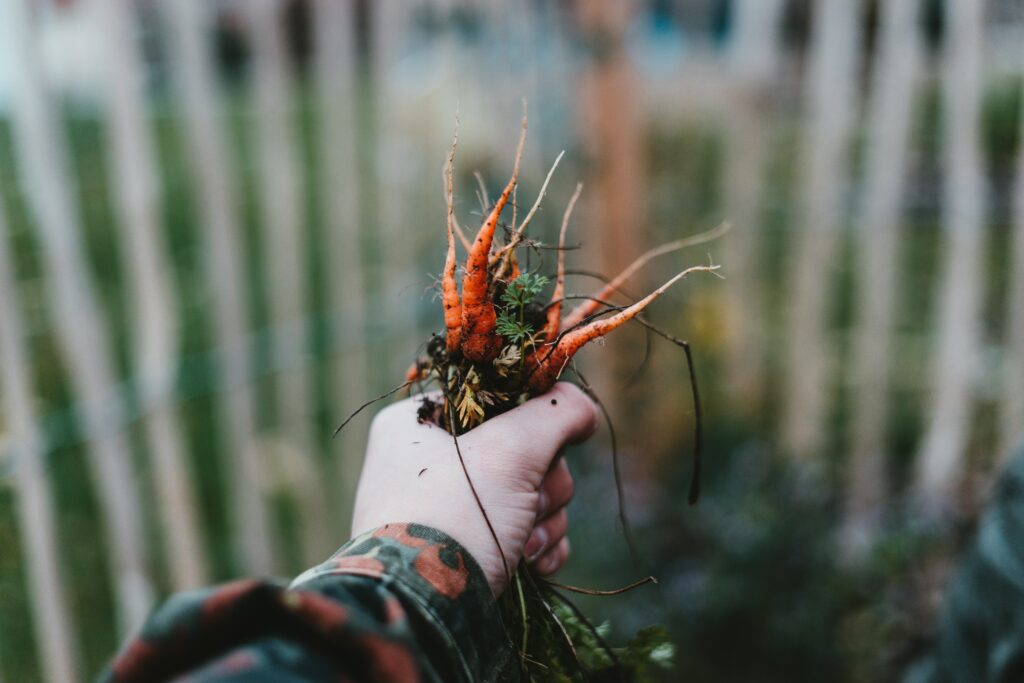
Neglecting to Label
Properly labeling different seed varieties is essential for keeping track of what you have planted. Without clear labels, it can be difficult to distinguish between different plants, especially as they begin to grow and look similar. Not only does labeling help you identify the plants, but it also allows you to keep track of their progress, note any specific care requirements, and record the date of seeding. By neglecting to label your plants, you run the risk of confusion and potentially unknowingly mistreating or misidentifying your seedlings.
Forgetting to mark the date of seeding is another common oversight that can impact your garden. Keeping track of when you planted your seeds is important for several reasons. It helps you determine when to expect germination and growth, allows you to compare the progress of different plants, and provides valuable information for future seasons. By failing to mark the date of seeding, you miss out on the opportunity to track and learn from your gardening experiences.
Failing to keep a garden journal for reference is a mistake that many gardeners make. A garden journal is a valuable tool for recording details about your garden, including what you have planted, when you have planted it, and how it has performed. It provides a reference for future seasons, allowing you to learn from your successes and failures and make informed decisions. By neglecting to keep a garden journal, you miss out on the opportunity to track your progress and improve your gardening skills.
Failure to Properly Water
Proper watering is crucial for the health and survival of your plants. Underwatering can cause the seeds to dry out and fail to germinate, while overwatering can lead to root rot and fungal diseases. Consistency is key when it comes to watering your garden. Developing and following a watering schedule ensures that your plants receive the right amount of moisture and helps prevent water-related problems.
Overwatering is a common mistake that can have detrimental effects on your garden. Some gardeners mistakenly believe that more water is better, but this is not the case. When the soil is constantly saturated, the roots of your plants become deprived of oxygen, leading to root rot and other issues. Overwatered plants may also be more prone to disease and pest infestations. It’s important to water your garden thoroughly, but also allow the soil to dry out slightly before watering again.
Inconsistent watering can also negatively impact your garden. Plants require a consistent supply of water to thrive, and fluctuations in moisture levels can stress them and compromise their health. It’s important to establish a watering routine that provides a steady supply of moisture to your plants. This means watering them regularly, especially during periods of drought or high temperatures.
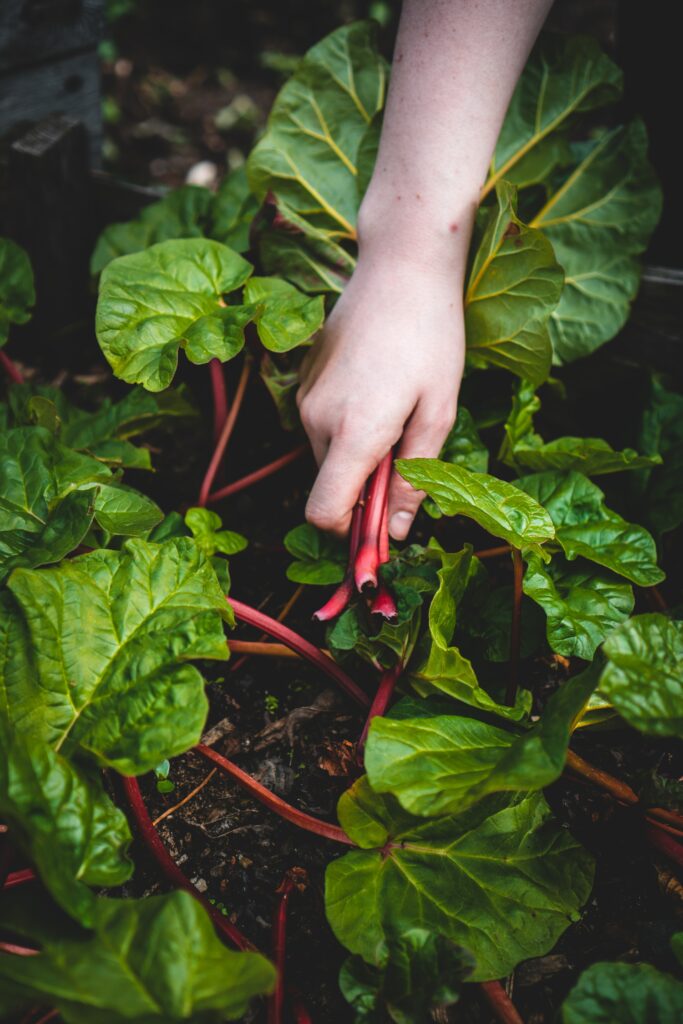
Lack of Pest and Weed Management
Pests and weeds can cause significant damage to your garden if not properly managed. Not implementing measures to control pests is a common oversight that can result in severe infestations and plant damage. It’s important to be proactive in preventing and managing pests by regularly inspecting your plants, using organic pest control methods, and seeking professional help if necessary. By neglecting pest management, you risk losing plants and seeing a decrease in overall garden health.
Neglecting to regularly weed the garden is another mistake that can have negative consequences. Weeds compete with your plants for water, nutrients, and sunlight, and can quickly take over a garden if left unchecked. Regular weeding helps keep your garden clean and free of competing plants, allowing your crops to thrive. Take the time to regularly remove weeds by hand or use organic weed control methods to keep your garden healthy and prevent weed infestations.
Failing to take preventive actions against common garden pests can lead to an influx of unwanted visitors. Many pests are attracted to gardens and can cause significant damage if not kept under control. Taking preventive measures such as using row covers, installing physical barriers, and practicing crop rotation can greatly reduce pest populations and protect your plants. It’s important to be proactive in preventing pest infestations to ensure the health and vitality of your garden.
Skipping Fertilization
Providing adequate nutrients to support plant growth is essential for a productive garden. Not fertilizing your plants can lead to nutrient deficiencies, reduced yields, and overall poor plant health. Plants require various nutrients for optimal growth, and the soil alone may not provide all the necessary nutrients. It’s important to incorporate fertilization into your gardening routine to ensure that your plants have access to the nutrients they need.
Neglecting to fertilize regularly is another mistake that can hinder the growth and productivity of your garden. Fertilizer provides a supplemental source of nutrients for your plants, compensating for any deficiencies in the soil. Regularly applying fertilizer according to the specific needs of your plants ensures that they receive a consistent supply of nutrients throughout their growing season. It’s important to follow the recommended fertilization schedule and use the appropriate type of fertilizer for your plants.
Ignoring the specific nutritional needs of different plants is another common oversight. Different plants have varying nutrient requirements, and fertilizing them with a one-size-fits-all approach may not be sufficient for optimal growth. It’s important to research the specific nutritional needs of each type of plant you are growing and tailor your fertilization program accordingly. By providing the correct nutrients in the right amounts, you can ensure that your plants have the best possible chance of thriving.
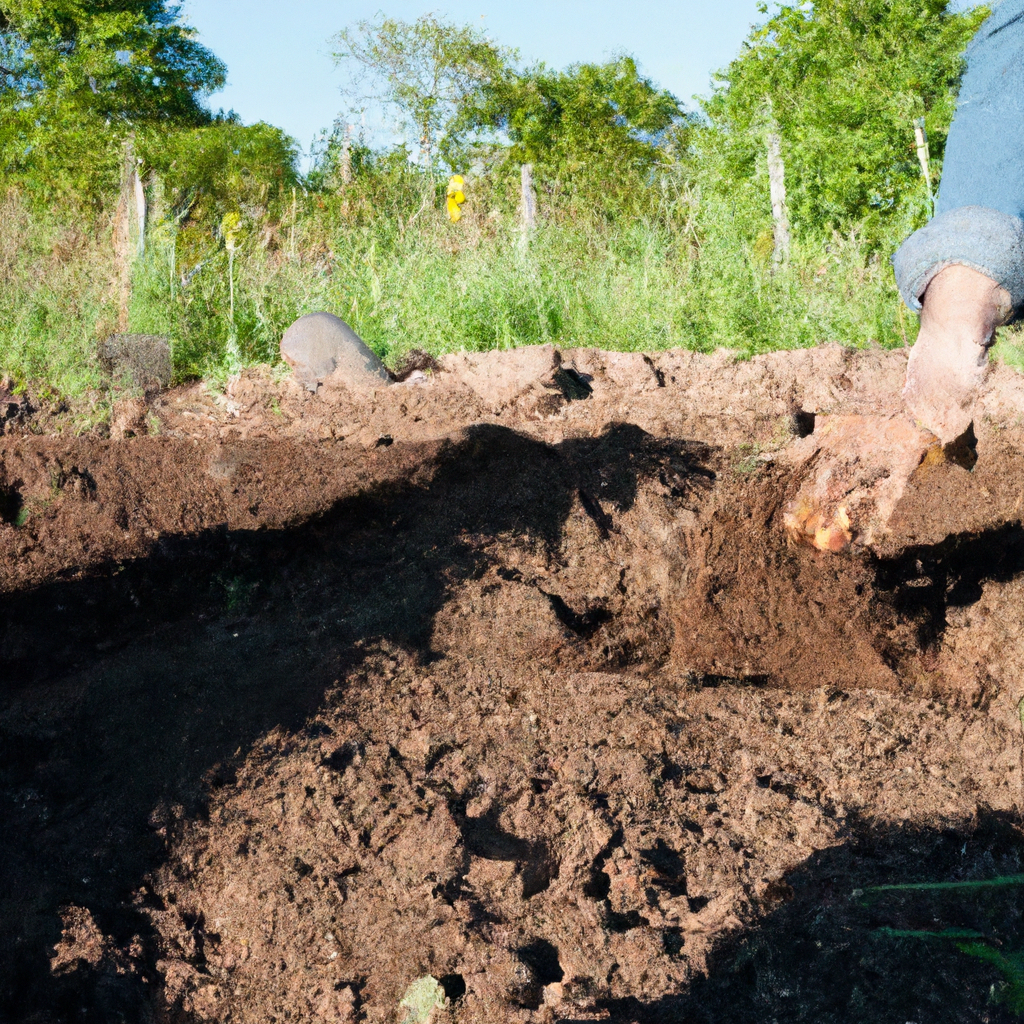
Ignoring Climate and Weather Conditions
Seeding during extreme temperature conditions is a mistake that can have a negative impact on seed germination and plant growth. Seeds have specific temperature requirements for optimal germination, and extreme heat or cold can inhibit this process. It’s important to consider the weather conditions before seeding your garden and wait for more favorable conditions if necessary. By sowing your seeds at the right time, you give them the best chance of germinating and growing into healthy plants.
Disregarding unfavorable weather forecasts is another mistake that can lead to poor garden performance. Severe weather events such as heavy rain, strong winds, or hail can damage or destroy your newly seeded garden. By staying informed about the weather forecast and taking appropriate precautions, such as covering your plants or delaying seeding, you can mitigate the risk of weather-related damage. It’s important to prioritize the safety and well-being of your plants by considering the local climate and weather conditions.
Not considering the local climate and its impact on seed germination is a common oversight. Different plants have different temperature and moisture requirements for germination, and the local climate plays a significant role in meeting these requirements. It’s important to research and understand the specific climate conditions in your region to ensure that you are sowing your seeds at the appropriate time. By taking the climate into consideration, you can maximize the chances of successful germination and growth.
Unsuitable Timing
Seeding too early or too late in the season can greatly impact the success of your garden. Seeds have specific planting dates based on the average last frost date in your area. Seeding too early can expose your plants to potential frost damage, while seeding too late may not allow enough time for your plants to mature before the end of the growing season. It’s important to consult planting calendars or local gardening resources to determine the optimal planting dates for your specific region.
Not considering the recommended planting dates is a mistake that can result in poor seedling establishment and reduced yields. Each type of plant has its own specific requirements in terms of planting dates, and failing to adhere to these guidelines can lead to suboptimal growth and development. By following the recommended planting dates, you give your plants the best chance of thriving and producing a bountiful harvest.
Failing to account for the length of the plant’s growing season is another oversight that can impact your garden. Some plants require a longer growing season than others to reach maturity and produce fruit. Ignoring the length of the growing season in your region may result in inadequate time for your plants to fully develop before the end of the season. It’s important to choose plant varieties that are well-suited for your growing season and ensure that they have enough time to reach their full potential.
By avoiding these common mistakes, you can set yourself up for success and create a thriving garden. Taking the time to research and plan before planting will greatly increase your chances of a bountiful harvest. Remember, gardening is a learning process, and even experienced gardeners make mistakes. The key is to learn from them and continually improve your skills. With a little patience, dedication, and a friendly attitude towards these learning experiences, your garden will flourish. Happy gardening!
